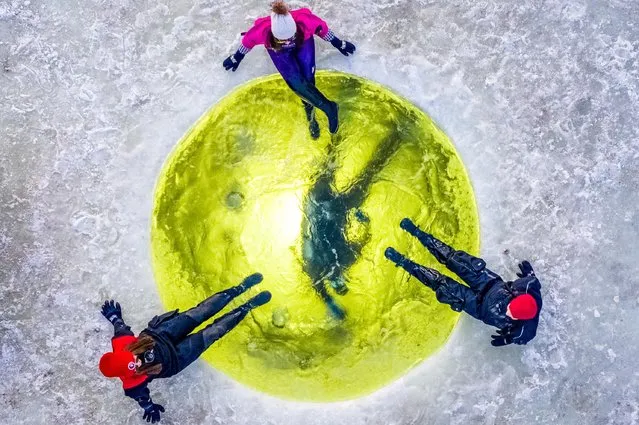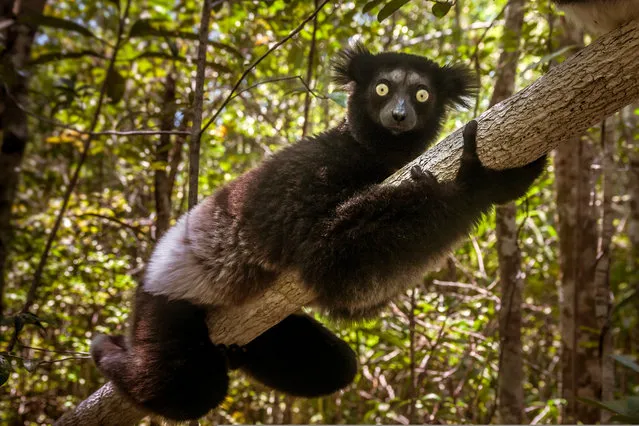
Kenichi Ito runs on his arms and legs on a race course on his way to setting the Guinness World Record fastest time for the 100-meter dash on all fours at Komazawa Olympic Park Stadium in Tokyo Thursday, November 14, 2013. The 30-year-old Japanese finished in 16.87 seconds Thursday, shaving more than half a second off his 2012 run of 17.47. (Photo by Shizuo Kambayashi/AP Photo)
17 Nov 2013 09:54:00,post received
0 comments







